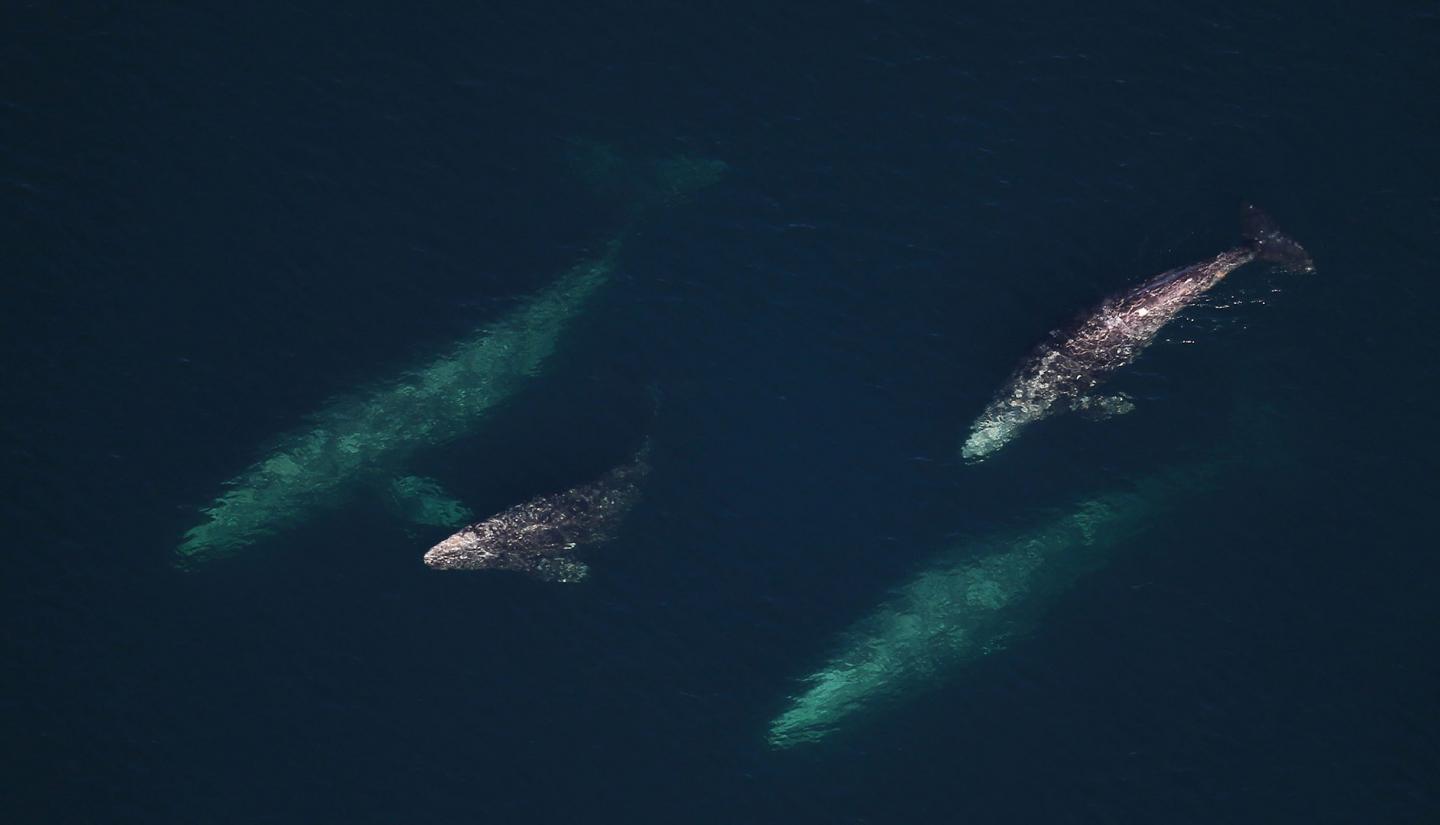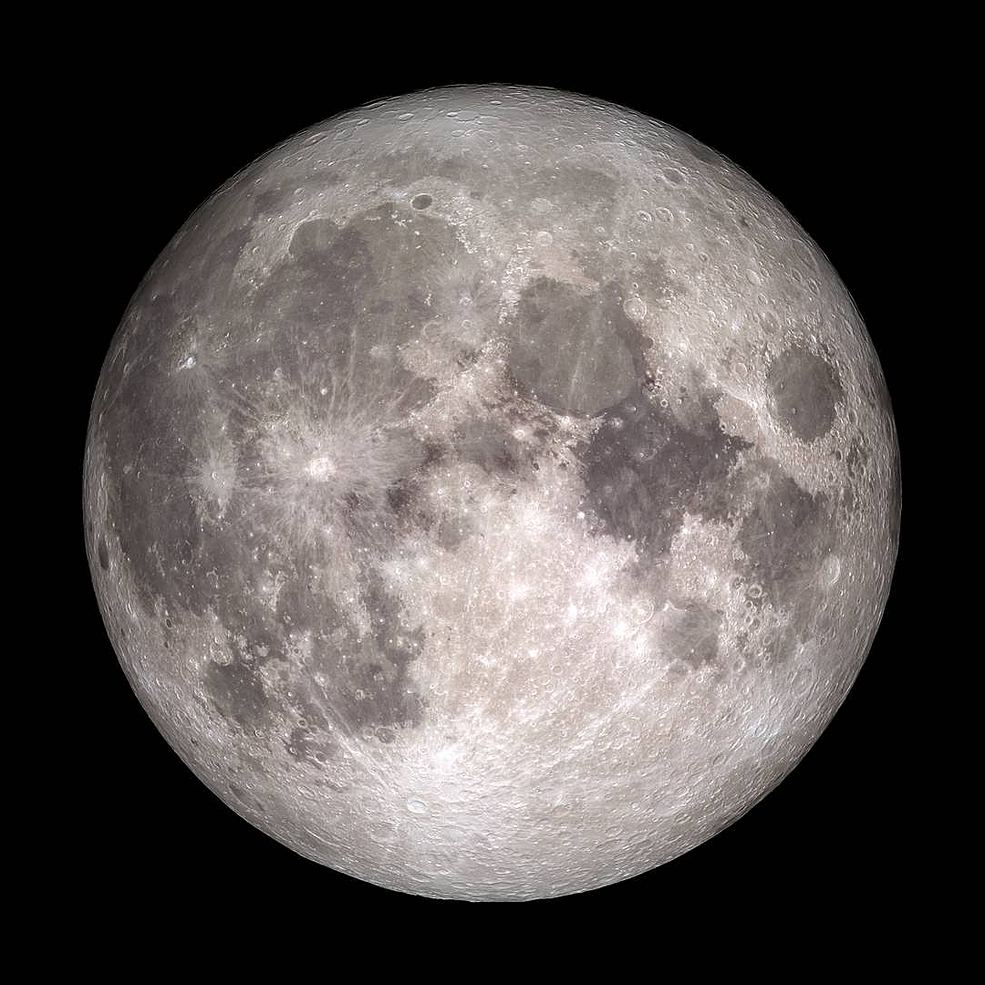On December 14th, at 12:02 PM Eastern (09:02 AM Pacific), the Sun unleashed a massive solar flare. According to the Space Weather Prediction Center, part of the National Oceanic Atmospheric Administration (NOAA), this was the strongest flare of Solar Cycle 25, which began in 2019 and will continue until 2030. What’s more, scientists at the SWPC estimate that this may be one of the most powerful solar flares recorded since 1755 when extensive recording of solar sunspot activity began.
Continue reading “We Just had the Strongest Solar Flare in the Current Solar Cycle”The Moon is the Perfect Spot for SETI
In less than four years, NASA plans to land the first woman and the next man on the Moon as part of Project Artemis. This long-awaited return to the Moon is to be followed by the construction of the Lunar Gateway, the Artemis Base Camp, and a program of “sustainable lunar exploration.” The creation of an enduring human presence on the Moon will also create many opportunities for exciting scientific research.
For example, astronomers want to conduct radio astronomy on the far side of the Moon, where telescopes could probe the earliest period of the Universe free of terrestrial radio interference. Taking this a step further, a team of astronomers recently recommended that a radio telescope on the far side of the Moon (or in lunar orbit) could aid in another important area of research: the Search for Extraterrestrial Intelligence (SETI)!
Continue reading “The Moon is the Perfect Spot for SETI”Radio Astronomers are Worried About Mega-Constellations and the Square Kilometer Array

In the coming years, a number of next-generation observatories and arrays will become operational. These facilities will make major contributions to multiple fields of astronomy: exploring the mysteries of the early Universe, studying gravitational waves, determining the role of dark matter and dark energy in cosmic evolution, and directly image “Earth-like” exoplanets.
Unfortunately, this revolutionary development in astronomy may be going up against another major project: the creation of mega-constellations. Because of this, the SKA Organization (SKAO) – which oversees the international Square Kilometre Array (SKA) – is insisting that corrective measures be taken so satellites won’t interfere with its radio observations once it’s operational.
Continue reading “Radio Astronomers are Worried About Mega-Constellations and the Square Kilometer Array”Solar Storms Might Confuse Whale Navigation, and Make Them More Likely to Strand Themselves

The Gray Whale is the 10th largest creature alive today, and the 9 creatures larger than it are all whales, too. Gray Whales are known for their epic migration routes, sometimes covering more than 16,000 km (10,000 miles) on their two-way trips between their feeding grounds and their breeding grounds. Researchers don’t have a complete understanding of how whales navigate these great distances, but some evidence suggests that Earth’s magnetism has something to do with it.
Continue reading “Solar Storms Might Confuse Whale Navigation, and Make Them More Likely to Strand Themselves”

